[Review] Project Zomboid
Project
Zomboid is an isometric zombie survival game with an emphasis on
player freedom, RPG elements and simulation. Developed by Indie Stone, released in early access in
November 2013.
This
is a review for the beta build 41, accessible via the game properties
beta tab on steam.
Build
41, released in November 2020, is the largest update the game ever
received, with a complete overhaul to the base code. Facilitation
modding, multiplayer net coding, and several new features that were
lacking before it. Work on this build began in 2015, developed
simultaneously to other builds that shipped to the public in the
meantime.
///
Premise
Set
in Knox exclusion zone, Kentucky 1993, after the initial zombie
outbreak caused by a disease of unknown origin. As a customized
survivor with its profession and traits, your goal is to survive this
evolving world and the ever-growing hordes of infected.
///
Structure
The
game doesn't have a fixed structure outside of the basic survival
loop. It falls to the player to set their own goals, be it base
building, scavenge hunts, leveling up skills, explore mechanics,
survive as long as possible. Standard sandbox game stuff. And of
course, it all leads to inevitable and permanent death.
The
Knox exclusion zone is not just a static backdrop. Day 1 in Knox is
completely different from day 30, which is completely different from
day 60. It is ever-changing with time. Buildings decay, seasons
change, food spoils, zombie populations grow and migrate, public
water and power sources shut down.
You
can create a new character in the same world you died, and you might
even find your zombie-self wandering around, carrying your
belongings. But a new untrained survivor, weeks deep into the
apocalypse, will have a harder time.
There
is also an AI director that causes ''meta-events'' like gunshots,
screams, helicopters. Loud sounds can happen any moment, suddenly
shifting the movement of hordes, making things unpredictable, and
ensuring no area will be 100% clean of infected for too long.
///
Playstyles
Before
starting a new game you have to chose a ''Playstyle'', these will
adjust world settings and difficulty. You can pick between:
•Apocalypse
Zombies
are deadly, items rare, combat is best avoided if you find yourself
unprepared. The expected player lifespan is short. It is considered
the default world settings.
•Survivor
Combat
is a little easier to handle. Zombies are still dangerous, the
expected lifespan is longer. Experience closer of older versions of
the game. Easier than Apocalypse, but not by much.
•Builder
Significantly
weaker Zombies, survival needs are reduced. More freedom to build
bases and seek resources, but item rarity is increased to compensate.
Easier than Survivor.
•Sandbox
It
allows for complete customization of world settings, zombie behavior,
loot rarity, XP multipliers, character fragility, infected population
sizes, etc. It enables the creation of a very specific experience,
tailored to your taste.
Want
lots of slow zombies and plentiful guns available?
Maybe
a ''28 days'' later experience with running zombies and barely any
weapons?
Start
a full year after the initial outbreak with extremely rare loot for a
hardcore run?
Want
to become an absolute demigod that levels up 5 times in a second just
to mess around?
All
of it is doable with sandbox. Almost everything you can think of can
be customized to your heart's content. This brings a surprising
amount of replayability to the game. And if what you want is not on sandbox, there's likely a mod for
that.
Bonus
challenge scenarios are also available to spice things up, like winter
apocalypse, permanent fog, never-ending rainstorm, and survival wave
defense.
///
Character creation
After
picking your playstyle and starting city, it's finally time to create
your survivor!
You can customize its appearance and some basic clothing options, but
first, we have to pick the interesting stuff, Occupation and Traits.
Occupation
In
this screen, you will select what was your character's job before the
outbreak. It grants you some bonuses, pre-leveled skills, and how
many Trait points you get (or don't) to spend on perks.
Pre-leveled
skills also mean that your character is ''familiar'' with it,
receiving a permanent XP boost based on their starting level for the
rest of their life.
•Level
0 +25% (default)
•Level
1 +75%
•level
2 +100%
•Level
3 +125%
So
for example, when selecting the Police Officer occupation, you
start with Nimble level 1, Reloading level 2, and
Aiming at level 3. Leveling these skills will be faster than
average thanks to their respective XP bonuses.
Traits
Then
we can pick our traits. These are (mostly) permanent modifiers that
will change how your character interacts with the world. There are
two types of them, Positive Traits and Negative Traits.
Positive
Traits grant useful bonuses. A few examples are Thick-skinned,
which makes you more resistant to bites and scratches.
Inconspicuous, you are less likely to be spotted when sneaking
around. Brave reduces the chances of panicking in stressful
situations.
There
are currently 25 Positive Traits to pick from. However,
they cost between 2 to 10 Trait Points.
Your starting Points are defined by your Occupation, simple
jobs, like Burguer Flipper, give you 2 points, while stronger
ones like Burglar will even start you with negative 6 points
instead.
''But
with some Traits having a hefty price and starting with a point debt
how am I supposed to get more?''
Negative
Traits. They offer disadvantages in exchange for more Trait
Points. The bigger they are, the bigger the point gain. Some of
my favorites are Smoker, long periods without smoking will
raise your stress level. Deaf, perception and hearing range is
permanently reduced. Fun stuff.
This
system creates interesting trade-offs that allow for the creation of
unique and flawed characters. They may excel in some aspects but fail
in others. And as usual, it's modifiable in Sandbox settings.
///
Gameplay
From
an isometric perspective, you will spawn at home with no items. So
get looting!
At
the top of the screen, you have your inventory tabs. The left one
shows items carried. On the right, it displays what's in your
immediate area. Picking up items is as simple as approaching a
container, and dragging from the right tab to the left one. They also
have subdivisions located on their right side, separating items from
different containers.
Interaction
with most objects and items is done by simply Right-clicking them,
opening a context menu with options. That eliminates the
time-consuming item juggling found in certain survival games, and
once you've become used to it, you can pretty much guess how to do
most interactions.
Crafting is about what you expect, open the menu, have the necessary items and tools within arms reach, click craft, done. Recipes come from leveling relevant skills or reading magazines.
Vehicles dot the map and finding a working one with a key (or hotwiring if you have the necessary Skills) can be valuable asset, not only for mobility, but double-up as an offensive tool. They are also simulated down to many individual pieces that can be exchanged and fixed with Mechanical skill.
Skills
On
your status window, you can see progress towards your Skills. From
base building, straightforward combat, or more elaborate ones that
span a mixture of mechanics, almost all in-game activities are tied
to their relative Skill.
The
more you do them, the more XP you get, the more efficient you become.
Be it Fishing, Running, Sneaking, Electronics, First Aid, Tailoring,
etc.
This
wraps up the gameplay loop neatly; you're no longer just a
zombie-killing nomad; it gives you a long-term goal to actively seek
out materials that can help you improve your skills. Like books, they
take a significant amount of in-game time to read but yield an XP
multiplier that makes the time investment worthwhile.
The
only gripe I have with the Skill system is that (even with books and
trait bonuses) the XP gain can be dreadfully slow after a few levels.
I can forgive it as gains can be customized via Sandbox settings. So
if you fear the game is too grindy for you, it can be changed easily.
Melee
Combat
Infected
in Zomboid are not to be messed with. Their senses are precise and
can spot you from a distance if not careful. An ill-prepared survivor
will struggle fighting anything more than three zeds at once, maybe
even less with low stamina.
Zombies
tend to migrate towards cities, aggregating into groups over time.
Facing a relentless horde of 30 infected can be a deadly task.
But
with a bit of luck, a witty survivor can learn ways to manipulate a
horde, even exterminate it with a well-crafted plan. But the danger
is always there, all it takes is one mistake, one overconfident move
to slow you down and be overwhelmed.
Players
have three basic melee attacks:
•Swing
Drain
a bit of stamina, hit zombies, deals damage, simple. What makes it
engaging is timing and spacing. When done well, it's more efficient
than burning energy by blindly swinging at them. Special moves can
happen with certain weapons like the knife jaw stab or the bat's over
the head hit that knocks them down. A melee weapon efficiency depends
on its stats and the player's relevant Skill level. The more
experienced you are with that type of weapon, the more extra damage,
defense, crit, and attack speed you get.
•Shove
Performed
by pressing the spacebar, shove does what you expect, pushes up to
three zombies off you, deals no damage. While it's a lifesaver, it
does burn a considerable amount of stamina, and if used frequently
could be detrimental during a pressing situation, once you can barely
run away. Calculated of strength skill, it can also knock down
zombies.
•Stomp
Once downed, crush their skull. When standing on top of a fallen
infected you can press the spacebar to perform a stomp. If your feet
connect to their head, it does significant damage. It is the most
efficient way to kill infected in smaller skirmishes, but finding an
opening to stomp can be hard when engaging large numbers.
Firearms
Guns
in Zomboid were meant to be a rare ''Get out of jail free card'', at
the cost of generating A LOT of noise, a powerful tool to get you out
of a sticky situation. But as it stands with the current balancing
they are largely useless and nothing more than a dinner bell for
zombies.
2022 note: this has changed since the official release of Build 41, guns are more viable now and their noise radius has been reduced. So this next section is kinda out of date.
While
the leveling system works flawlessly for all other skills it does not
for Aiming. The only way to gain Aim XP is by hitting shots, but
because the starting accuracy is low, you can barely hit zeds at
point-blank range. Add that on top of panic inaccuracy debuff, and
you will likely run out of ammo and amass a gigantic horde before you
can hit Aiming level 1. You can make them work, but this renders rifles and pistols useless until
you hit at least level 5, and it's a resource and time sink to
get there.
Or
you could just grab a shotgun. It's not only a powerful gun but also ammo efficient, easily multi-hitting four zombies per
shell at Aiming level zero, mopping the floor with zeds. An absolute
street cleaner, with no need to farm XP to use it
reliably.
There is no reason to pick a rifle or pistol other than being less noisy but lets be real, if you are going to fire a gun, caution about noise is long out the window.
So to make guns viable Indie Stone needs to either buff the base accuracy for the Aiming Skill or bring the other firearms in line with the shotgun. That or they can nerf the shotgun to the ground
and make it just a glorified noise maker like the rest of them.
Either
way, it needs some changes. This is why many players prefer to
utilize Brita's weapon pack mod, which fixes these shortcomings and
makes weapons worthwhile despite the noise risk.
Moodles
On
the top right of your screen is where you will find your moodles,
these display information about your character's current physical and
mental situation.
Hunger,
Thirst, that sort of thing. It is what you would expect from an
open-world survival game. But it goes beyond just simple ''Hunger
Meters'' that decrease over time. Zomboid commits to simulation, and
along with it, Moodles come with distinct
situations to when and how they quick into action. It forms a web of
interactions between them and the world around you. To list a few of
twenty-three of them:
•Nausea
Might
not come only from disease or zombie infection, but also from food
poisoning or even hanging around a pile of rotting corpses for too
long.
•Panic
Will rise when caught off guard or surrounded by zombies, negatively
affecting your overall combat effectiveness, and in extreme cases
narrowing your field of vision. Over the first in-game months, your
survivor will gradually get used to the presence of the infected,
reducing the speed at which Panic builds up.
•Boredom
Caused
by standing in the same place for too long and performing repetitive
tasks, prolonged boredom causes Unhappiness, that if left
unchecked for too long can lead to Depression, severely
slowing down all your actions.
Not
even part of moodles but since we are talking about the simulation
aspect.
•Nutrition
Carbohydrates,
calories, lipids, and proteins are all simulated for each food. Their
consumption is used to determine the player's weight, which has an
impact on fitness experience gain, endurance, movement speed, and
physical fragility. Nutrition is distinct from Hunger, you can still
combat starvation by eating food with poor nutritional value, but in
the long run, you can't maintain a healthy weight by living solely
off junk food. It is all surprisingly well thought out and incredibly
detailed.
All
Moodles have different severity levels, remaining hidden until
relevant, displayed as a red indicator on screen. The first level
usually serves as a warning with no practical consequences.
For
starting players, this is straightforward, Hunger icon shows up, time
to eat. It creates an illusion of simplicity to what's a deceptively
deep system.
I
do think that the lack of more detailed information is a bit
detrimental if you are an info freak, as you can't be 100% sure if a
debuff is creeping up until the first warning shows up. I understand
why, as it builds up some tension and unpredictability, but if you so desire, there's a HUD mod called Minimal Display Bars,
that provides information more clearly.
Multiplayer
It
is a thing, PVP and everything. It's a fun time, and with mods and
server plugins it gets even better. It's also amazing to see the
elaborate zombie traps and bases players can cook up when working
together. Unfortunately, for now, it's disabled on Build 41, as the
feature is still not up to Indie Stone's standards. It should see a
release soonish.
///
Conclusion
Zomboid aims to be the most detailed zombie apocalypse simulation out
there and I think it achieves it. The sandbox aspect is a gift that keeps on giving; just when you think you've figured out everything, you discover fresh interactions.
While
many would frown upon the long early access, without it the game
wouldn't exist at all. It is a massively ambitious project, the type
of project that destroys a dev team six months into development. But
Indie Stone stuck with to fulfill their vision. They refine and
polish each update to a tee. Actively worked on to this day, with
weekly news updates, even seven years after launch.
''These
are the end-times. There was no hope for survival. This is how you
died.''













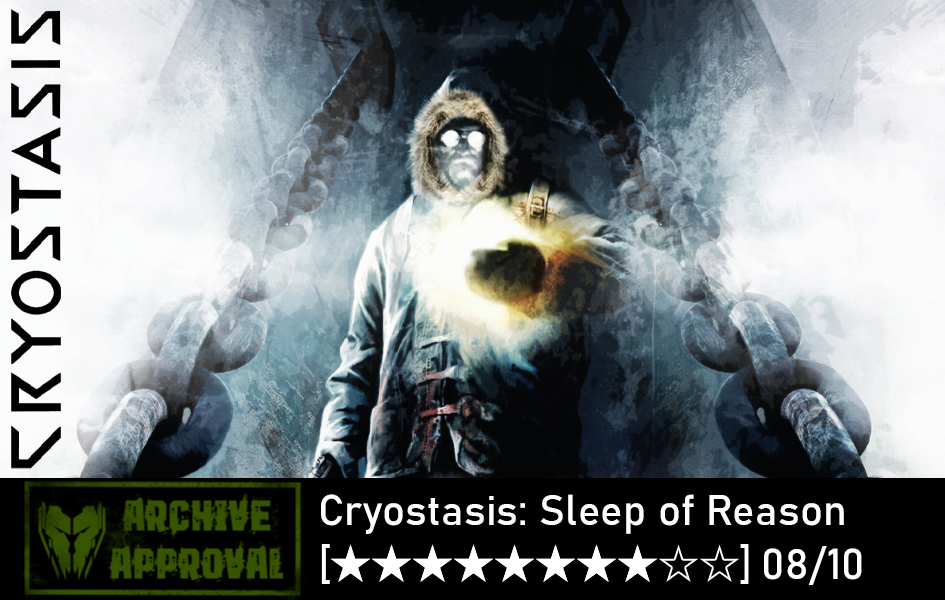

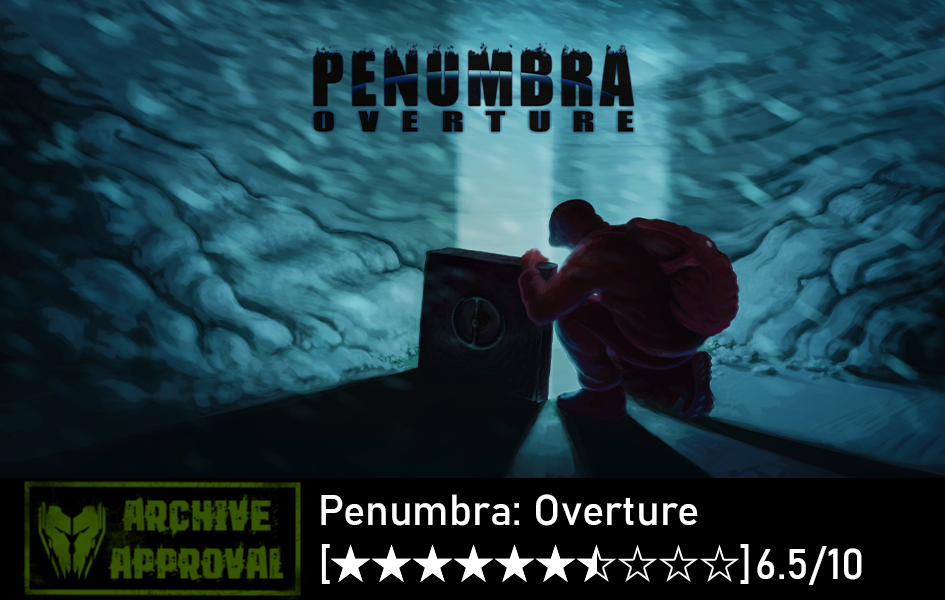
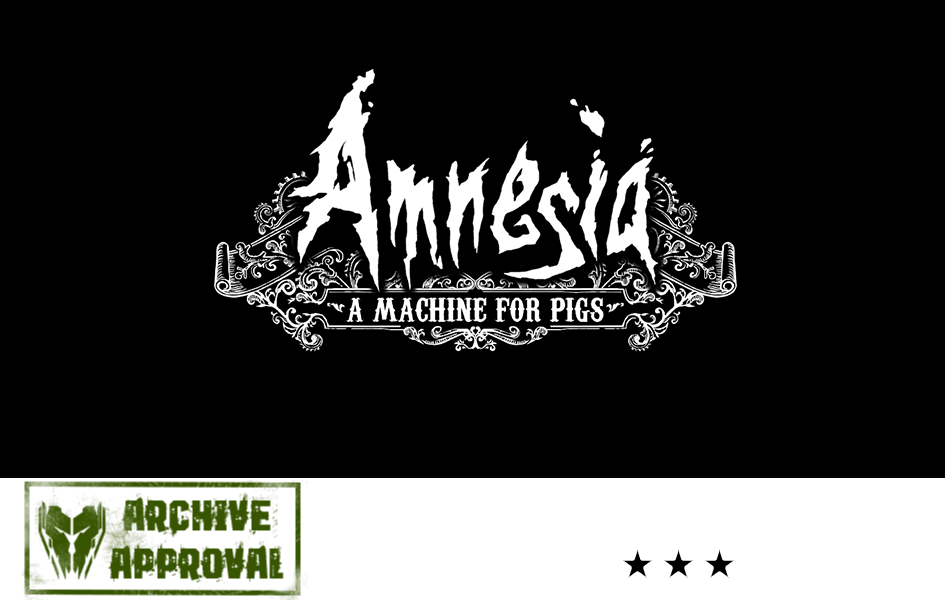

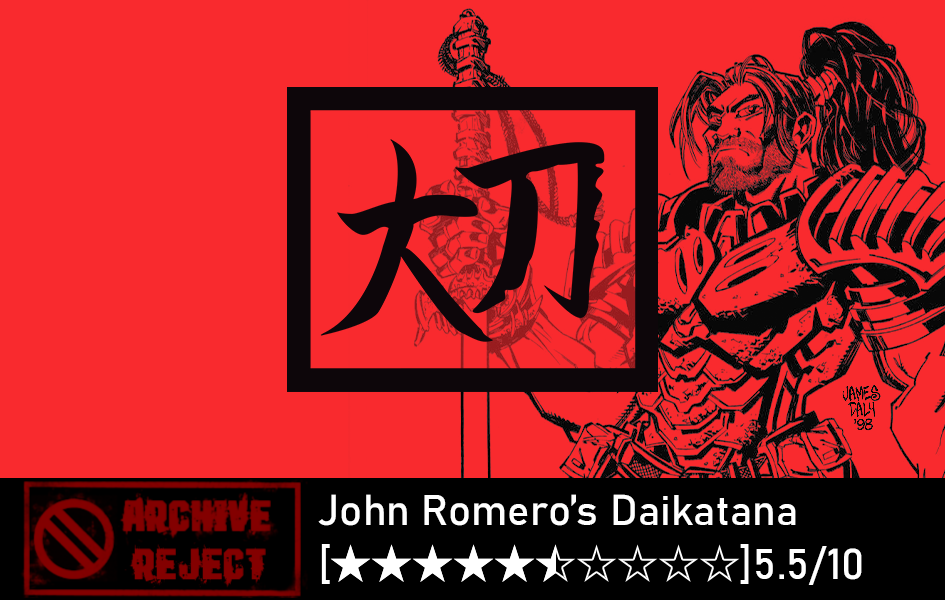
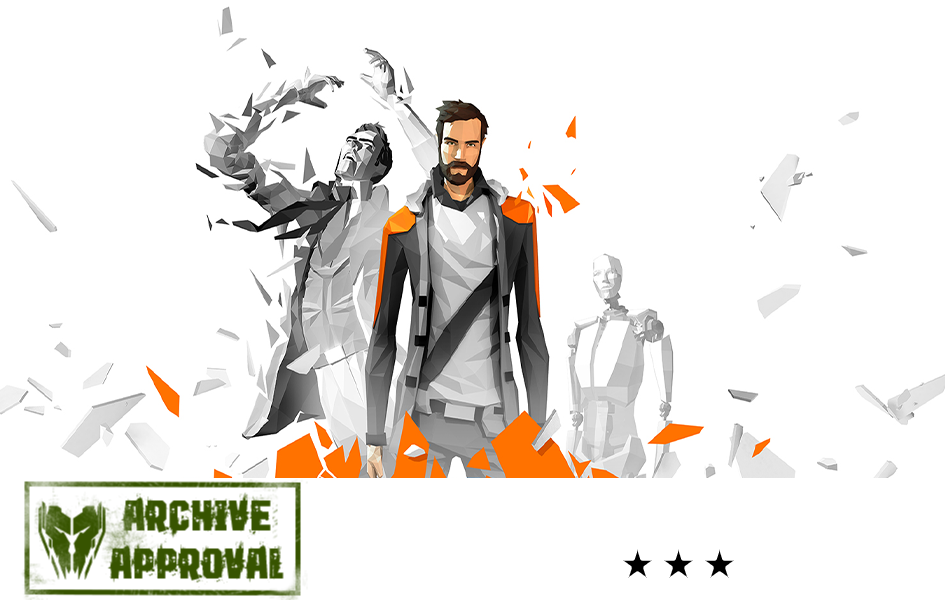
Comments
Post a Comment